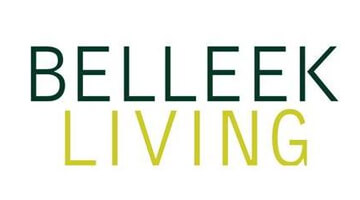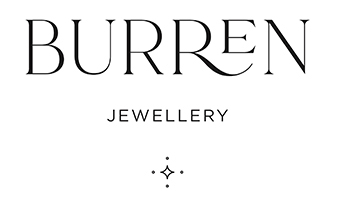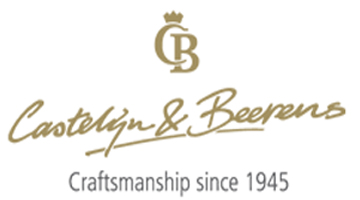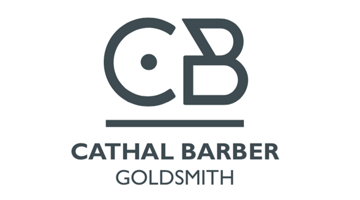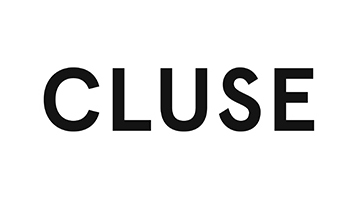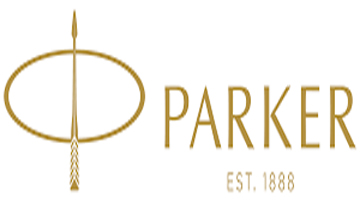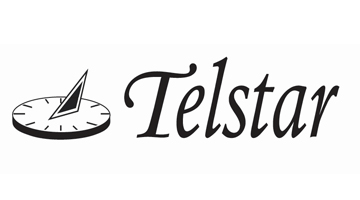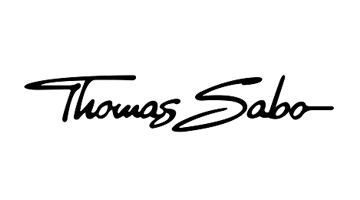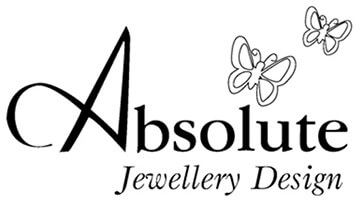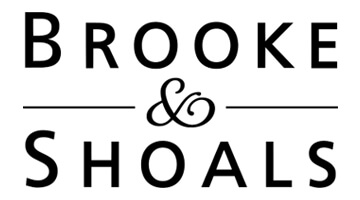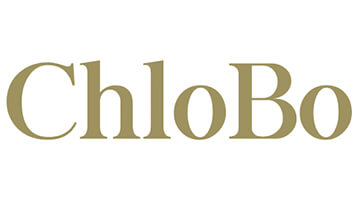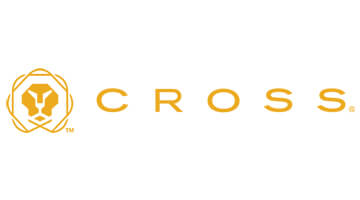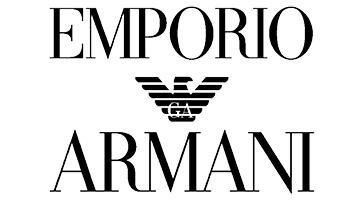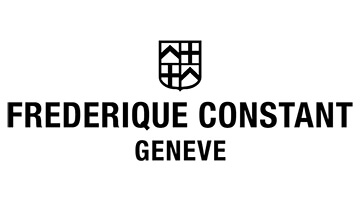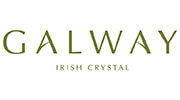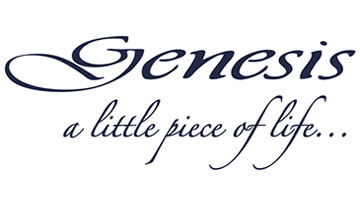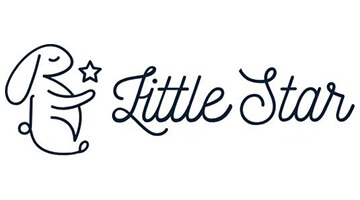THE R.J. BARBER GUIDE TO DIAMONDS
The word diamond is derived from the Greek word “adamas” meaning invincible. Diamonds are composed of pure carbon. The diamond crystal is the most compact atomic structure of carbon atoms. This explains the diamond’s extreme hardness. Diamond measures 10 on Mohs scale making it the hardest known substance. The extraordinary hardness of a diamond means it can be polished to a very high lustre often referred to as “adamantine lustre”.
CARAT WEIGHT
Diamonds are sold in carats therefore the carat weight refers to the size of the diamond.
CARAT WEIGHT CHART

COLOUR
Nowadays buyers are more aware of colour than in previous times.
To assist this the International Jewellery Confederation (CIBJO) and the Gemmological Association of America (GIA) have developed colour-grading systems.
CIBJO
Exceptional white +
Exceptional white
Rare white +
Rare white
White
Slighted tinted white
Tinted white
Tinted
GIA
D
E
F
G
H
I and J
K and L
M to Z
GIA COLOUR-GRADING SYSTEM

CLARITY
Clarity describes how free the stone is from inclusions. Inclusions are natural characteristics that occur while the diamond is being formed. Their position, size and numbers are important.
A diamond completely free from inclusions is referred to as “IF” internally flawless. Few diamonds qualify for this description.
CIBJO CLARITY-GRADING CHART

CUT
The cut is sometimes underestimated but it is a vital factor in estimating the value of a diamond.
The modern cut is based on specific optical calculations that aim at maximizing the beauty of the stone. The unique optical properties of a diamond combined with expert cutting results in the “fire and brilliance” of a fine diamond.
CIBJO CLARITY-GRADING CHART

REFRACTIVE INDEX
This refers to the ability of a well-cut diamond to take in the light reflect it off the back facets and throw it back to us. This light reflected off the facets splits into the colours of the spectrum. This dispersion of light is called ”fire.” Expert cutting of the diamond will result in this “fire” and “brilliance.”
In valuing a diamond many factors are taken into account. The caratage would not be as important as the cut, the colour and the clarity. A diamond ring with a badly cut large stone showing many inclusions would not be as valuable as a smaller well cut, stone of good colour with small inclusions.
There is a wide selection of diamond shapes on the market , from the traditional round brilliant or cushion shape to pear, oval, or marquise shape square or princess-cut and emerald-cut.
Round brilliant is still the most popular cut as it tends to display the greatest degree of sparkle on the finger.
